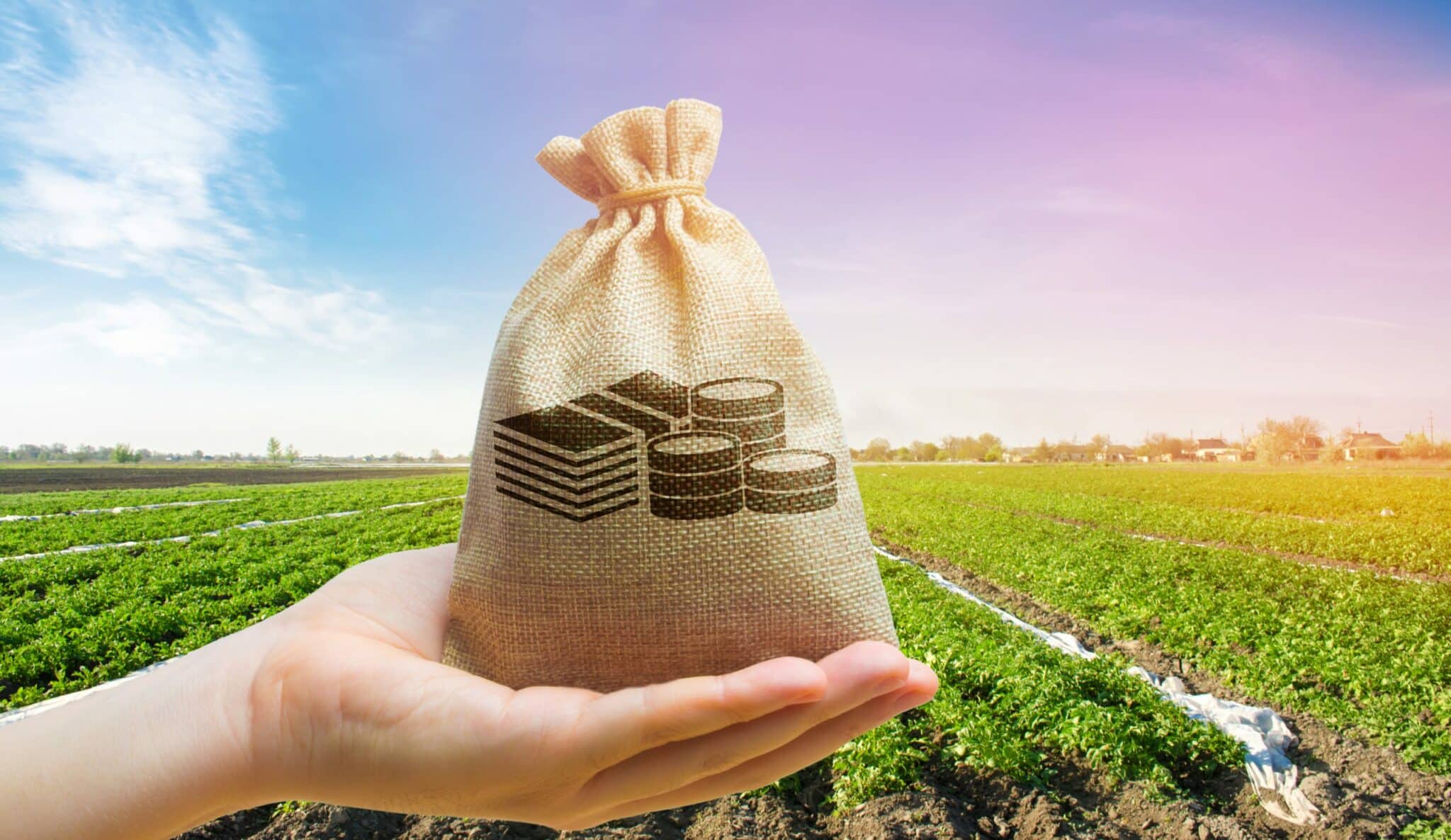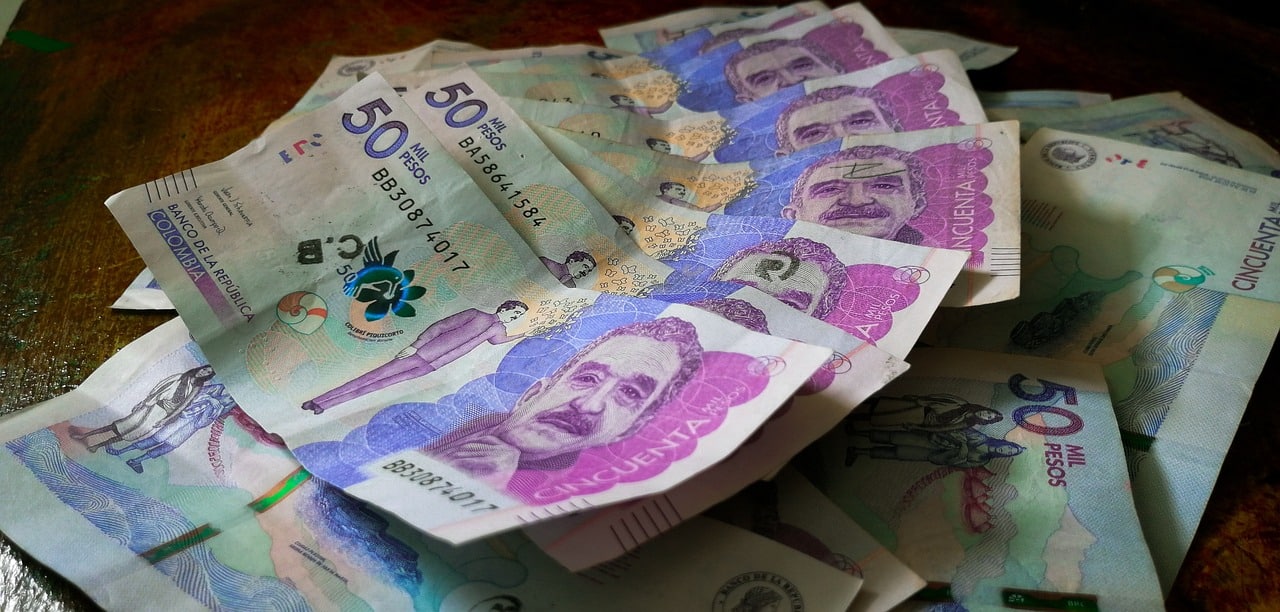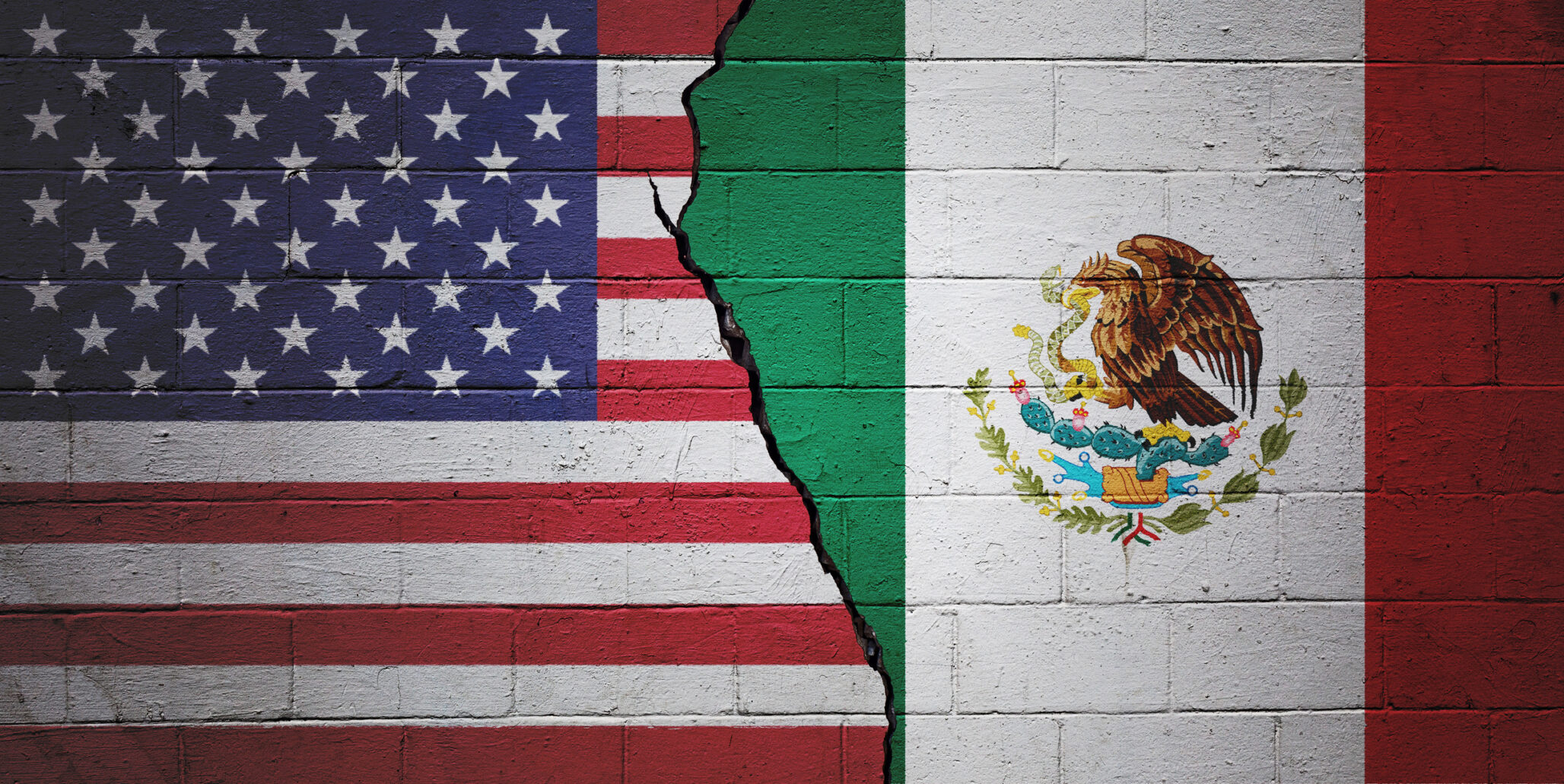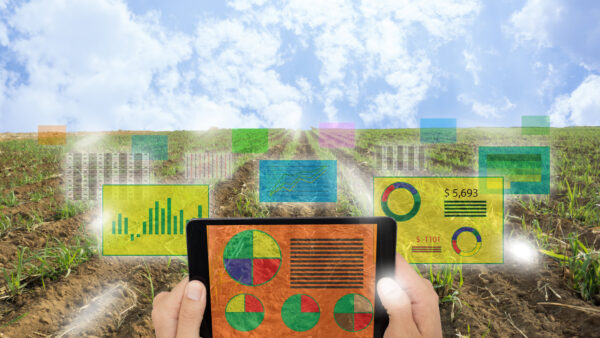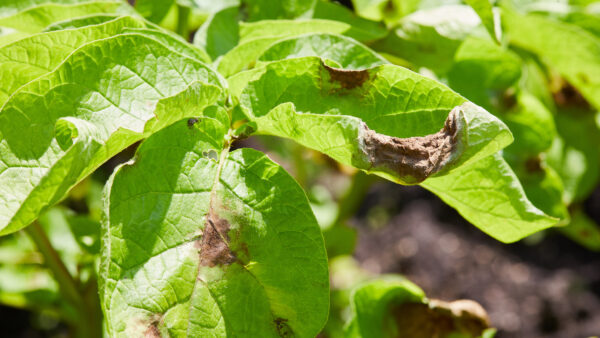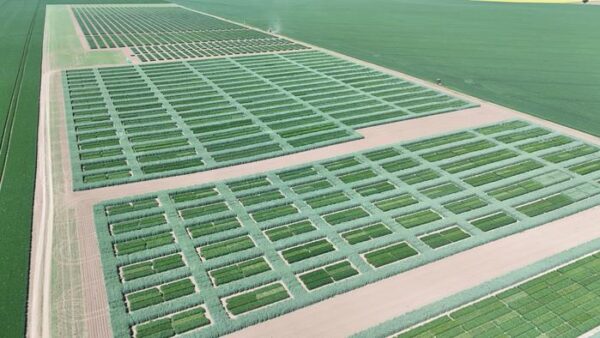In the latest session of the National Agricultural Credit Commission, led by the Ministry of Agriculture and Rural Development, the agricultural financing and risk policy for 2025 was approved. This policy, focused on the “Year of Peasant, Family, Ethnic, and Community Agriculture,” includes between 38 and 43 billion pesos for agricultural development credit.
The policy focuses on five key areas: supporting agrarian reform, transitioning to sustainable agri-food systems, managing risks, and strengthening associations, according to a government press release. It aims to democratize agricultural credit, with a focus on small and medium-sized producers to promote rural development and protect local economies.
We have included, within our public policy measures, incentives for technical assistance, for the promotion of savings, and for our producer organizations to have a certain possibility of having resources to encourage agricultural production, said the Minister of Agriculture and Rural Development, Martha Carvajalino,
The Indicative Credit Plan allocates between 5.3 and 5.7 billion pesos for the inclusion of small producers, 2 to 2.5 billion pesos to strengthen the financial inclusion of rural women, about 11 billion pesos for food production, and approximately 2 billion pesos for activities related to climate change mitigation and adaptation.
The Annual Incentive Plan targets the most vulnerable groups, including small low-income producers, rural women, youth, ethnic communities, victims of armed conflict, and reintegrated individuals, through Special Credit Lines (LEC).
The approved Annual Risk Management Plan for 2025 will invest 221 billion pesos in a comprehensive agricultural risk management strategy. Additionally, the Comprehensive Incentive for Agricultural Risk Management (IIGRA) will be restructured into four areas: technical support for risk management, promotion of savings, transfer of agricultural risks, and credit inclusion.


